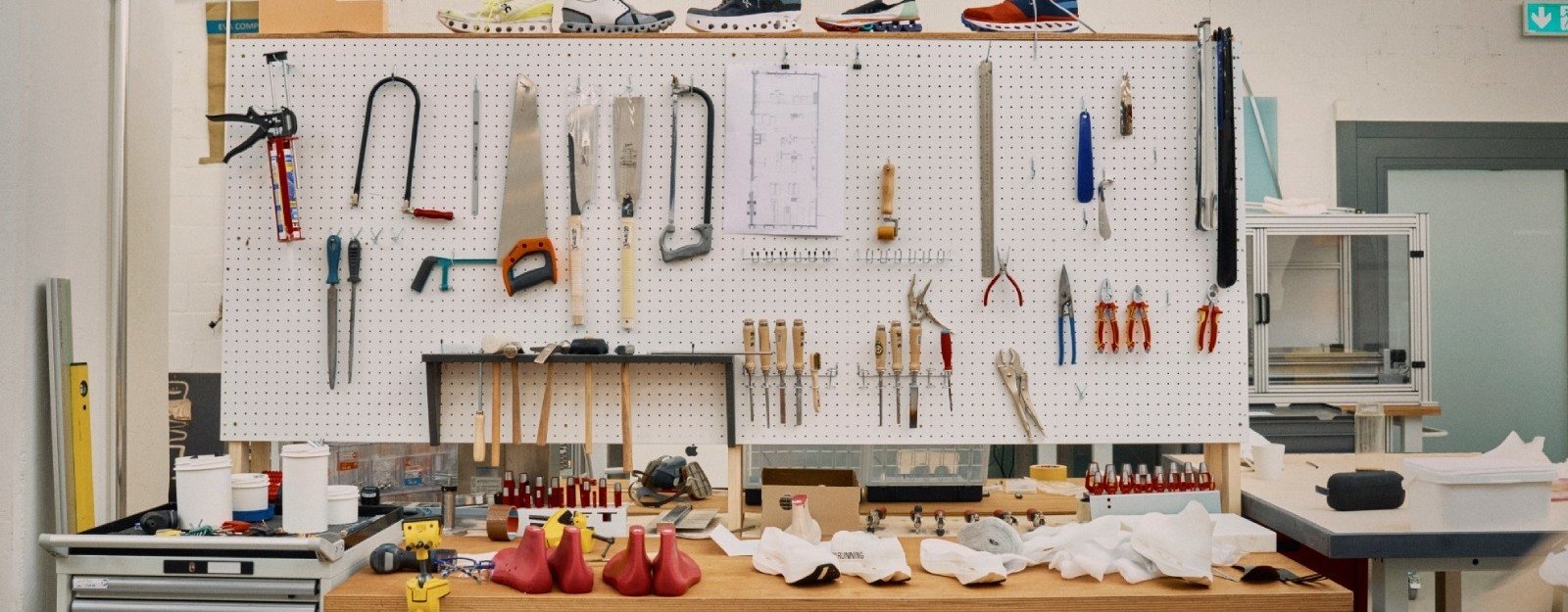
- Sponsored
Materials Have the Power to Move a Lot of Things
Thilo Brunner, Chief Design Officer at On Running, in conversation with Chris Lefteri
This post is presented by the K-Show, the world's No.1 trade fair for the plastics and rubber industry. Visionary developments and groundbreaking innovations will again lead the industry into new dimensions at K 2025 in Düsseldorf, Germany.
Chris: So, Thilo, tell me about the design philosophy at On that you have built.
Thilo: It's a kind of Swiss philosophy, continuing a historical journey that Switzerland and industrial design have had for many decades. I always see it as a bit of a triangle where the functionality is at the very bottom, sustainability is in the middle, and on top is the styling. We've never been a brand that starts out with: How could we style things? But as you would expect from a Swiss brand, we started from functionality and materials, and the processes with which we can make things. I guess it's mixed with the personal belief that materials and processes will define design more and more over the years because the technical understanding is just the base of the tools that designers need to work with.
So, would you say, you are one of the very few 'materials first' company?
Thilo: I would say we're an innovation-first company. To question and to scrutinise the status quo, whether it be in sport or in technology, materials, or process, that's something that's always been very, very important to us.
For me, probably, functionality is really the base, but then comes sustainability. I think this question of how we can take the next steps in sustainability, whether they're small steps or continuous steps, or giant leaps, for me that always has to do with sustainability. I mean, we need to get better as an industry, we need get better as a consumer, we need to get better as a company.
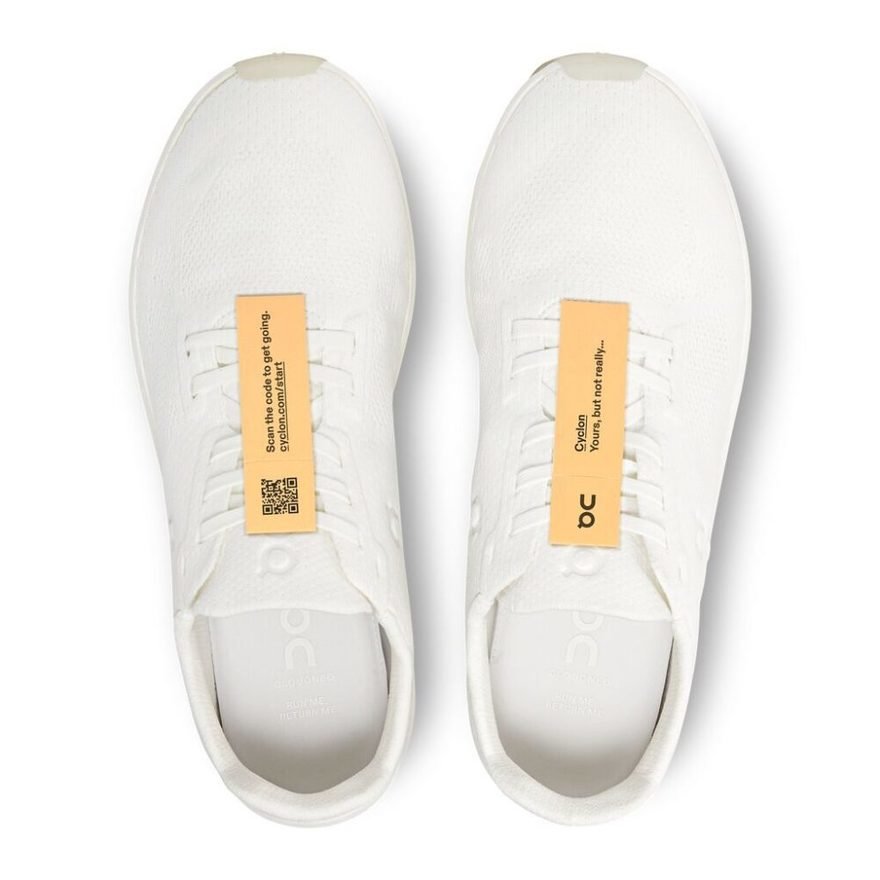
And was that something that you started at the beginning? Was sustainability always a key part of this?
Thilo: As it goes with start-ups, you have one thing that you focus on. To be very honest, being a small player in the beginning of this journey, you have to make sure that the shoes feel great, you have to make sure that they provide a certain sensation, but you have to also make sure that they do not fall apart, which in the first few months and years, only having access to a certain set of suppliers and to a certain set of people, was extremely important. I think it's correct to say that sustainability over the years became a bigger and bigger topic, once we figured out how the shoes mechanically work and prove that they can live a long life.
The subscription based, easily recyclable shoe Cyclon seems to have been developed pretty early on in the company? How quickly would you say you made sustainability a key focus?
Thilo: Well, ON started in 2010. And then of course, it depends what you count as the smaller and the bigger successes. There are continuous improvements that have been made over the years that still need to be made. And then there are – which you probably could read from the press – the bigger bets such as Cyclon or, as seen in the Paris Olympics, the Lightspray project where shoes are assembled through spraying and they're not stitched together anymore, where the exploration of the manufacturing process brought a new lens to so many topics, sustainability being one of them.

The Lightspray shoe started as a very cool experimental project but you've managed to commercialise it. There are a huge number of innovations out there but actually for a big organisation to commercialise real innovation is very unusual. You did an amazing job of turning that into a mass-produced shoe, as you also did with the Cyclon. How as an organisation have you done that? How have you managed to keep that innovation through to production?
Thilo: The main way to measure the success of something like this is, is if you are able to scale it. That's the big nut to crack. I think innovation in a protected setting is always easier. But then if we're speaking about 100,000 or millions of products being made, that's a harder bar to reach. And yes, for Lightspray, the first model now is already commercially available.
But I still come back to this point that it's very difficult for companies to even take the risk, right? How, as an organisation, do you do it? How do you say, let's just try it? Let's take that chance. Is it a design decision? Is it the CEO?
Thilo: No, it's not only a design decision, but I would say in comparison to many other companies, design definitely has a seat at the decision table. And when it comes to innovation, frankly, this model of innovation and taking risks, this is something that you have to engineer very, very consciously. It takes a certain discipline to keep innovation going at all times. Sometimes you have these situations where it would actually be quite easy to work with known manufacturing methods and enjoy what's possible right now. It's quite hard to have the discipline to take the risk.
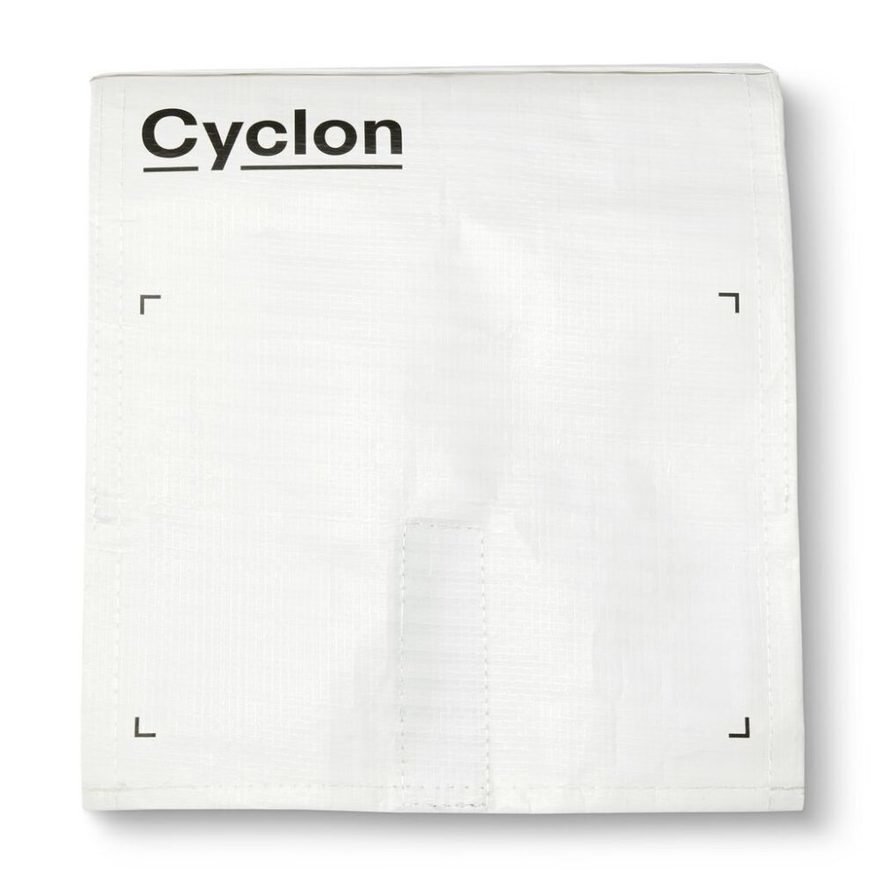
It comes across that you have this cross-business, cross-functional collaboration with engineering, with sourcing, that everybody is on board with this focus on innovation and embracing new technologies.
Thilo: I'm very happy to hear that!
And also marketing. They seem to understand it very well. The value of storytelling for sustainability, for materials etc. I want to ask you about the Cyclon because this was also a very inspiring project and the fact that it's commercialised I think is another significant achievement. How is that going?
Thilo: I always like to talk about several things in the Cyclon model. So, it's a subscription. The subscription comes in one colour, white.
And that colour is so that you can upcycle it, right?
Thilo: Yeah, I mean, it's optimised to be as circular as possible and the only colour you can buy is off-white or even mixed whites because this is what is needed to make the process work.
So what I like about the Cyclon is that it's a bit like a mirror of where we are not only as an industry, but as well where the consumer stands, because it's always one thing to take a certain stance as a manufacturer, but it's also about educating the consumer that some things might not be possible anymore if you think things through in a very radical, environmental way.
I think what we need to learn is that I still believe we're not only in an industry but still in a phase of the world where in terms of production we still somewhat mimic the 1950s and the 1960s when people discovered plastics and everything was possible and everything became very colourful, and suddenly people had the freedom of choice that every product they can buy, they can choose from ten colours, etc (I'm making a bit of a caricature here). What we're discovering now is that we're looking into working with a completely new set of materials which are still rapidly evolving, which is not perfect yet, but I think what the consumers want, and what the producers want in the meantime, is very, very clear. What I'm not convinced of is that we still should continue to mimic the production and the consumer behaviour of the past. But we have to work around a new aesthetic, which as you know very well, I started to call "the aesthetics of sustainability" at some point, which for me is the symbol or metaphor of a new understanding of materials.
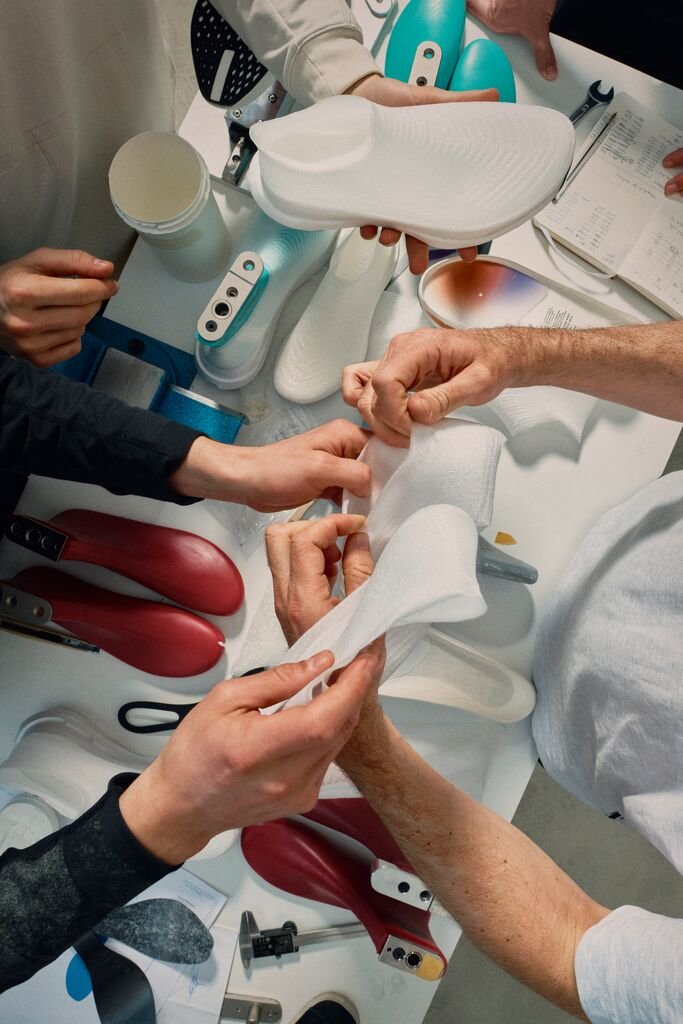
That's a very bold aim to say that you want to change the historical status quo of consumer expectations, which is You can have anything in any colour and say, actually, this is the new normal and some things are not possible anymore.
Thilo: Yeah, it might be! I think we're not going to stop at off-white as a colour. But I would hope that for example new technologies in dyeing would produce perhaps a new set of colours, which I actually find very interesting. So, my goal, my hope is not at all to say, that in five years from now, we're going to live in a world of beiges and greys and browns, because this is what recycling is going to give us. But what I would hope for is that can reproduce the colours that were there, but in a new way. That we actually find new ways of applying colour, even new sets of colours through the technologies that we're going to develop.
Because you've got to keep a sense of, not optimism, but a sense of desire, right? I mean, you don't want to make everything beige.
Thilo: No, clearly that wouldn't work from a consumer's point of view. And at the same time, I think it's okay to question sometimes consumer behaviour. The subscription model is a great example. Like in Switzerland, if I'm not mistaken, the shoe is 30 Swiss francs a month, which is 360 Swiss francs a year, and the calculation behind that is that every half-serious runner uses at least two pairs of shoes a year. And so what you think at first is like a 30 bucks a month, that's quite something. But then if you buy two pairs of medium-to-high priced running shoes, that both will last like 600km, 800km, it's notably cheaper plus with the advantage that you can return them whenever, no question asked, and you know that they're going to end up in a reasonable recycling process.

That's very ambitious to make a shoe that is recyclable using environmentally-focused materials as a starting point. And you have to target that to serious runners. I mean there are people who perceive that sustainable materials have less performance behind them.
Thilo: I think to be honest, it's more than perception. We have to deal with a lot of materials, which are losing some of the performance once you recycle them. Because right now, the purity of the material that gets recycled is just not staying the same. Especially in a market where we speak about absolute high-performance athlete products with all kinds of performance indicators. Of course, this is a big challenge. If you look at the current set of, let's say, acknowledged super forms in the running industry, they're quite intense when it comes to production efficiency. I think they're not worse or better to recycle, but what's needed to produce them is quite a thing. The reality is we are in constant movement. On one the hand we have stuff that's been there for very long time, making steps and getting improved. But on the other hand, we're making new innovations. Sometimes the innovation is about weight or the innovation is about rebound and doesn't initially focus on sustainability. So, what happens when we find something which has crazy performance but is just average in regards to sustainability? The question is, how do you deal with it?
And how do you deal with it?
Thilo: What you want is absolute high performance. And if then the overall sustainability metric looks a little worse than in what you want to use in the big production runs, I think it's fine.
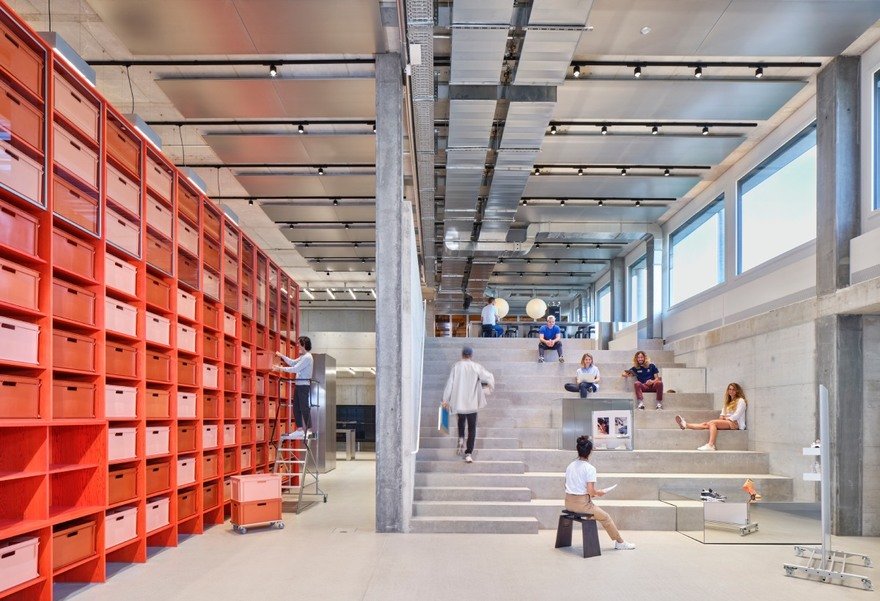
Consumers are obviously responding very well. I see your shoes everywhere. I mean everywhere! So, let's talk about the CleanCloud a shoe that uses carbon captured from steel mills that has been converted into ethylene, which I saw in 2022, at K, which is another massive kind of innovation. Is that something that's still continuing?
Thilo: I think we have become a bit of a catalyst of ideas, some of which we push. Undeniably, the industry is like a partner, directly or indirectly. We all know that chemicals are part of the game. But I think what's needed is partners on the one hand that really push the ideation side and give a face to what innovation can look like. It's super important to visualise ideas because then it's easier to push things a little bit further. Of course, the right partners are needed on the side of the producing industries that then execute the idea
We're coming to the end of our interview. On is very bold and very assertive in the way that you talk about sustainability - you even publish your suppliers. It's very easy to be shot down by making any sustainability claims whatsoever and some companies don't, they just keep it very quiet. But you're very bold, you're full-throttle about doing that.
Thilo: It's very valuable to be transparent. Because if you're in the industry, people know that it needs many pairs of hands to make a shoe. So, to communicate who we do that with, that's a big part of what we want to be. For me, transparency is the most important thing. In terms of design ambitions, I think you have to dream a bit, then to make it real. For me personally, it's always a very nice idea to dream up things as a benchmark to see if we can reach them. I think we need those dreams to hope after.
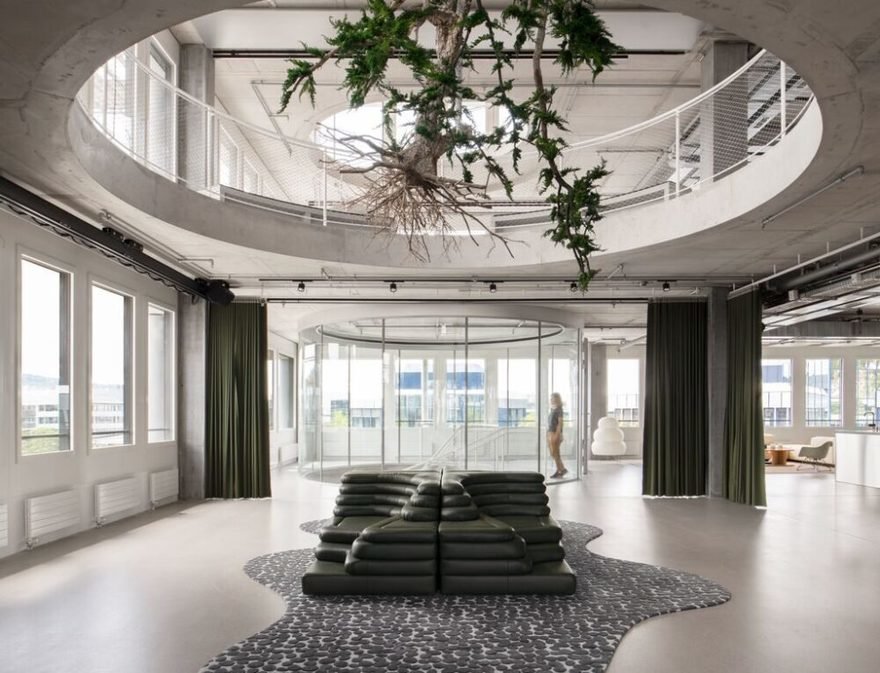
The last question is one I have asked many people, it is a very revealing question about our connections with materials on an emotional level and it is nice way to end the interview. What is your strongest material memory from childhood?
Thilo: I would guess it's the handle of a Swiss Army knife.
Because it's one of the first childhood objects that I remember from playing outside, which of course, as a kid in the very first years you don't have any material dreams and this is probably one of the first things, perhaps, that you own and that you keep longer than two months. And then secondly, I really can remember the haptics right because it's always like this pebble that you have in your pocket that ages actually quite nicely.
Wonderful! It's fantastic talking to you, thank you.
NOTE: Chris Lefteri will be running design tours at the K Show on the 12th & 13th October. If you are interested in participating contact ktour@chrislefteri.com
K
{Welcome
Create a Core77 Account
Already have an account? Sign In
By creating a Core77 account you confirm that you accept the Terms of Use
K
Reset Password
Please enter your email and we will send an email to reset your password.



